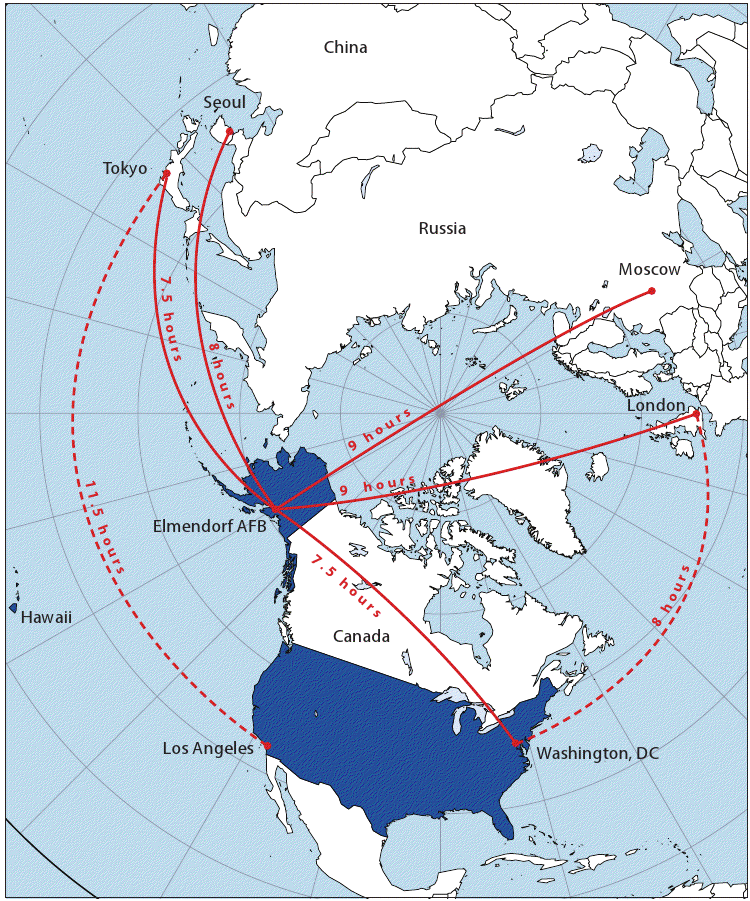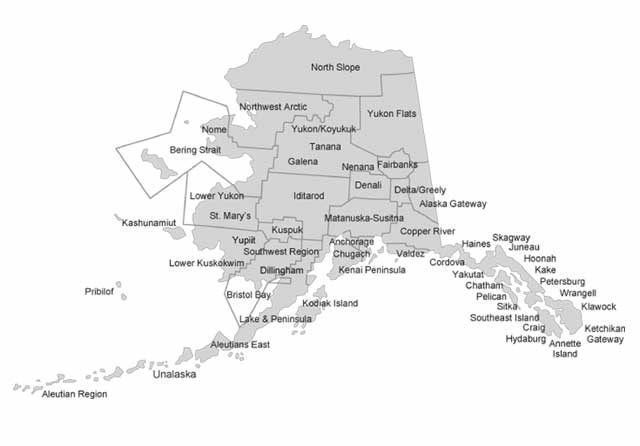Essential
What
have been the major components of the Alaska economy during the American period
of 1867-present?
1. Ocean stocks – Fish and sea
mammals
2. Gold – Sitka 1870’s, Juneau
1880’s, Nome 1890-1900, Fairbanks 1900
3. Mineral – Coal, copper,
lead, zinc, platinum, tin (developed after gold)
4. Oil – Katalla well first in
1902
How is Alaska’s economy a reflection of diverse, and sometimes
conflicting, perspectives of the natural landscape?
Alaska’s natural economy is diverse; it has gold, oil, timber,
some agriculture and fish stocks of all kinds.
However this does not make for an inherently diverse total economy. All of the aforementioned products are
extraction based. While it is true that
Alaska is blessed with a natural diversity many other states, or nations, could
only pine for, it is still all based on extraction. This means that no matter how diverse the
resources, it all still comes down to Alaska makes most of its money by what it
can pull out of the ground. This also
means it must be managed in primarily the same way as well. Each one of these resources is directly dependent
on how well they are managed. Unlike
Silicon Valley in California that can pump out as many lucrative ideas as it employs
people, if Alaska poorly manages its fisheries they will run the resource into
extinction. Oil, gold and timber (what
bit is done now) are all finite. Once
you blow through these resources there is no more, period. A perfect example of the resource tight-rope
that Alaska walks with its diverse natural resources is the argument
surrounding the Pebble Partnership project.
The Pebble Mine project seeks to utilize the abundant mineral
wealth found in this state. This could
see jobs and revenue into the projected billions. However, it competes with salmon
hatcheries. Pebble may mean millions for
the state but not everyone in the state works for the mine. If the Pebble Partnership gets it wrong fish
lines go extinct, fishermen become unemployed and people who utilize the fish
stocks for subsistence in the area go hungry.
All those people will benefit from the mine in the form of government
checks to supplement the way of life they have lost. This is a perfect example of conflicting
views on the use of the natural landscape.

Examine
What
were the main reasons for the American purchase of Alaska?
·
Maintain
Russian relations
·
Help
in the purchase of B.C.
·
Resources
·
Proximity
to Asian Markets
What were the primary
motivations for Americans moving to Alaska in the late 1800's?
·
Forced
relocation – Soldiers, sailors, government officials
·
By
Choice – Those looking to exploit the land and those looking to exploit them
Extend
Living in Anchorage is
unique in because the diversity of its economy comes from the land both
directly and indirectly and makes it so the rest of the state can take
advantage of its resource wealth. Two
issues that are confronting Anchorage’s economy at the moment are the Port of
Anchorage and BRAC looking at ways to streamline the Defense Department.
Currently the Port of Anchorage is a political
touch point in the Anchorage mayoral race.
The port is no doubt a piece of Alaska’s life blood. However, how it is managed and how large the
expansion should be is a point of contention for Anchorageites specifically and
Alaskans in general.
Joint Base
Elmendorf-Richardson (JBER) is under scrutiny from the Base Re-Alignment Committee
(BRAC). If the base were to close this
would mean approximately 1/5 of the Anchorage economy leaving as well. JBER probably will not be impacted but other
cities in Alaska have felt BRAC’s touch such as Fairbanks and Eilmendorf AFB.

Source: http://www.firerivergold.com/s/NewsReleases.asp?ReportID=372796&_Title=Fire-River-Gold-Announces-10-Million-Brokered-Private-Placement
Sites of Interest:
http://myalaskanexploration.blogspot.com/
http://explorealaskatimes.blogspot.com/
Note: At point of publish only two sites with Module V blog available


















